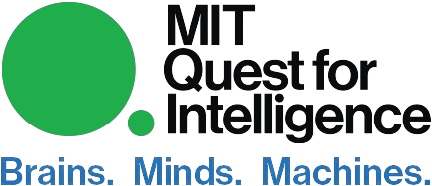To understand intelligence, the Quest fosters and funds research Missions. Each Mission brings together a team of scientists and engineers to pose and answer foundational questions of natural intelligence where current AI falls short, to build engineered systems as scientific hypotheses to advance these studies, and to execute tests of those systems to ensure that scientific progress is iteratively guided by natural intelligence results and real-world AI engineering challenges. The current Quest missions are listed below, along with the scientific and engineering foundations they each seek.
Missions begin as seedlings in which a smaller team, perhaps as small as a single lab, will lay the groundwork to define the scope of the problem to be addressed or to discover and shape the team needed to address that problem. Later, during incubation, a larger team forms and begins to work towards a common understanding of both the problem and the solution space. Successfully incubated missions launch with multiyear project timelines, engineering system builds and tests, and iterative benchmarking against natural intelligence results and AI application goals.






